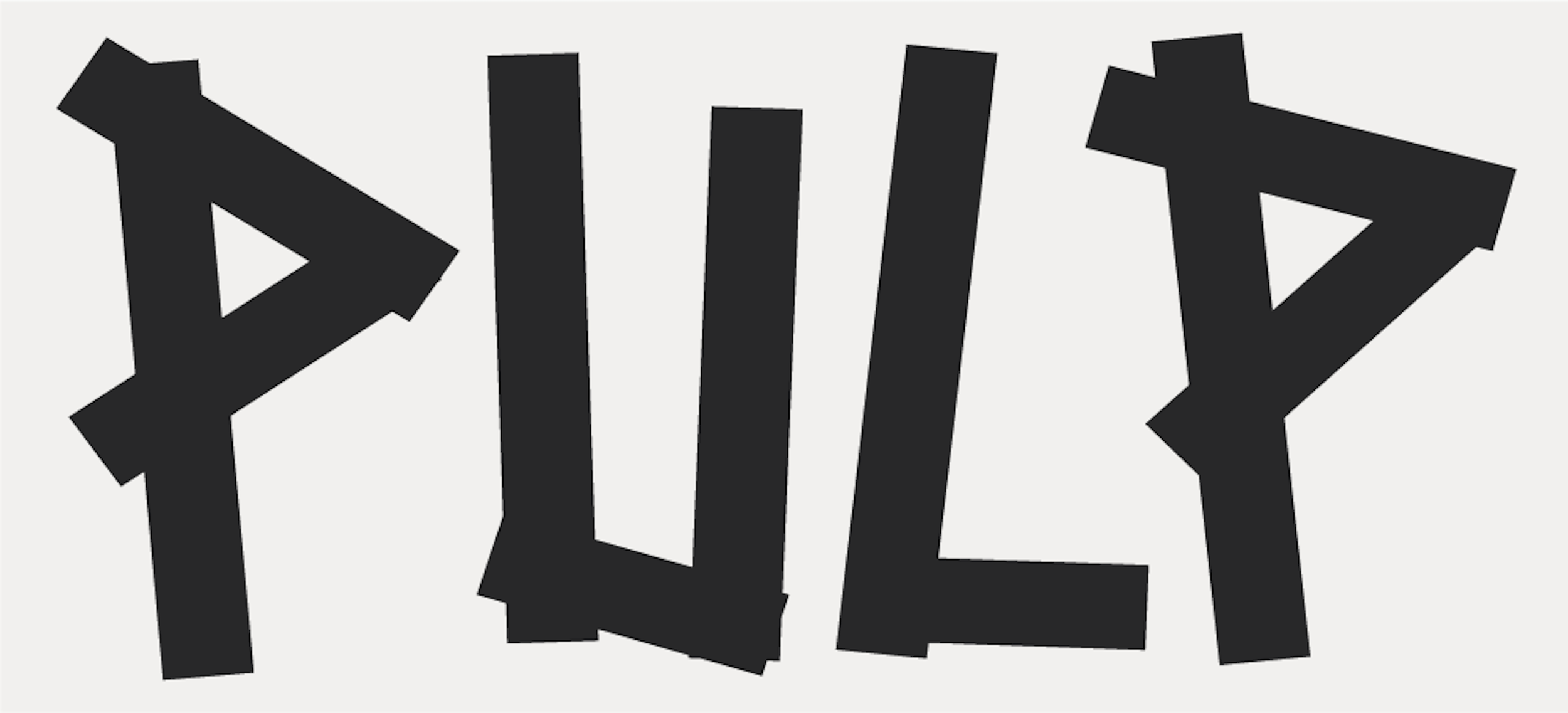Every ballerina has a foot fetish
Being born with ballet feet can be a blessing and a curse.
I sit in the venue change room, rolling out my calves with a drink bottle, pointe shoes and toe pads, ready for my audition. One leg is tucked in as I tie the ribbons of my leather flats. I hate how the leather bunches under my arches, my canvas flats for class hug my feet better.
“You have such nice feet,” what one might take as passive-aggressive, is often a compliment.
Being born with ballet feet can be a blessing and a curse. My screwed ankle would flare up a couple times a year; physios assessed me with some basic rises before lathering me in heat cream. “No wonder you’re sore, this poor ankle is dealing with some big arches and tight calves.”
A pointed foot in ballet lengthens the line of a movement or position, creating flow and continuity. Alongside hyper extensive legs and elongated arms, having arched feet and lengthened toes completes the line.
Before a ballet dancer reaches an incredibly special point in their career — to dance en pointe — they’d spend their foundational years of training in pre-pointe.
I spent 45 minutes a week, for over a year’s worth of classes, forcing my toes against a resistance band, massaging my arches with my elbow, and rolling out my calves with a golf ball.
In the second exercise of a standard ballet class, tendus (meaning to stretch), we focus on the feet, licking the floor as it articulates through every metatarsal. Progressing to faster movements in dégagé and jetés, later followed by centre allegro, featuring stretched toes and arches in the air. Once your cardio has been pushed to its limits, your legs are jelly from adage, and you’re sweating in places you didn’t know could sweat. Then, you put on your pointe shoes.
“Those shoes are almost dead Nandini, it might be time for a new pair. But your feet look nice in them, save them for your exam.”
Dead shoes — a consequence of breaking in a pointe shoe with sheer sweat, stepping on the boxes, and the occasional wall bashing, but also a precursor to accentuating your arches and three-quarter pointe. The nicer your feet looked in pointe shoes, often the less supported they were, and the harder they were to dance in. Dead pointe shoes demand dumbbells of strength in your tiny toes to articulate through the floor and perform that deliciously smooth roll-down from an arabesque.
Using affordable Chucks to stop the rubbing between the calluses on your toes and the paper mache of a pointe shoe, taping up your healing ankle, placing makeup sponges or silicone toe spacers between the big and second toe, Band-Aiding your toe which lost a nail to bruising — these are all part of the desire for beautiful feet. Home remedies and suggestions from friends alike; you’d do anything to make your feet work in the shoes that made them look the best.
Before an exam, competition, audition, or performance, I’d think about that first step on stage, a strong start was led with the juicy-iest foot. A temps lié into fifth, a pirouette with your insteps locked or a balance in attitude croisé — you want the audience to marvel at your feet.

